class: center, middle, inverse, title-slide .title[ # Why should biologist learn programming? ] .subtitle[ ## Biology is a computational discipline ] .author[ ### Guillaume Falmagne ] .date[ ### Sept. 4th, 2024 ] --- # Course structure - Guillaume Falmagne - [g.falmagne@princeton.edu](g.falmagne@princeton.edu) - Michelle White - [mw0425@princeton.edu](mw0425@princeton.edu) - Website: [eeb330.github.io](http://eeb330.github.io). Contains schedule, [Google Calendar](https://calendar.google.com/calendar/u/1?cid=Y182NjA5NWU5ZTJkNjY3Y2Y2ZjQzMTdhMzU4Nzg2MTkwMDA0MDkyN2JkNWVjYjJlYTliOTgzOWUxZTI4OTFlZTM5QGdyb3VwLmNhbGVuZGFyLmdvb2dsZS5jb20), and lectures and precepts. - Two lectures per week (Mon and Wed, 3pm) - Presentations and some in-class exercises - One precept per week with Michelle (Thu 10 and 11am) - Office hours: - Guyot 104a, by appointment - This week: special office hour, Thursday 10am in place of the precept → **help installing** R + python + Rstudio/VsCode + git --- # Grading - **No exams** - Weekly-ish coding exercises (30%) - Graded for coherence, not correctness - Class and precept participation (15%) - Participation and in-class quizzes - Two coding projects (40%: 20% each) - Midterm and Final projects - Around 2 weeks to complete them - Open-science exercise (15%) - Small presentation during finals period reproducing the analysis and/or plots from a published paper. --- class: inverse, center, middle # Why learn programming? --- # Modern biology is computational biology - Biology has become an eminently computational field – as many other fields! - Bioinformatics, statistics, handling large data sets = now basic tools of biology research and applications 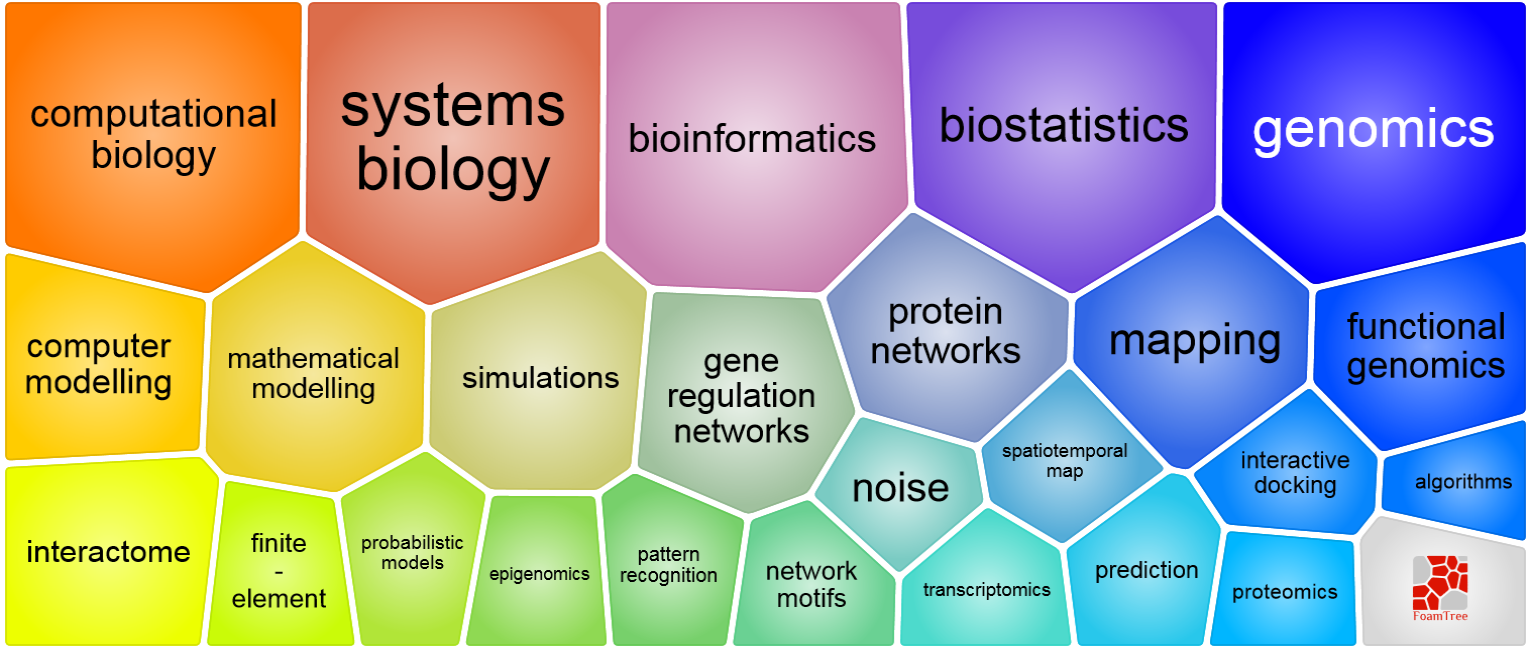 --- # Central part of analysis pipeline .pull-left[ What does a typical academic research project look like? - Ideation / research question - Literature review - Experiments (field or lab) and **data collection** - **Data analysis** - **Plotting results** - Writing paper, then submitting for publication Similarly important in industrial projects! ] .pull-right[ 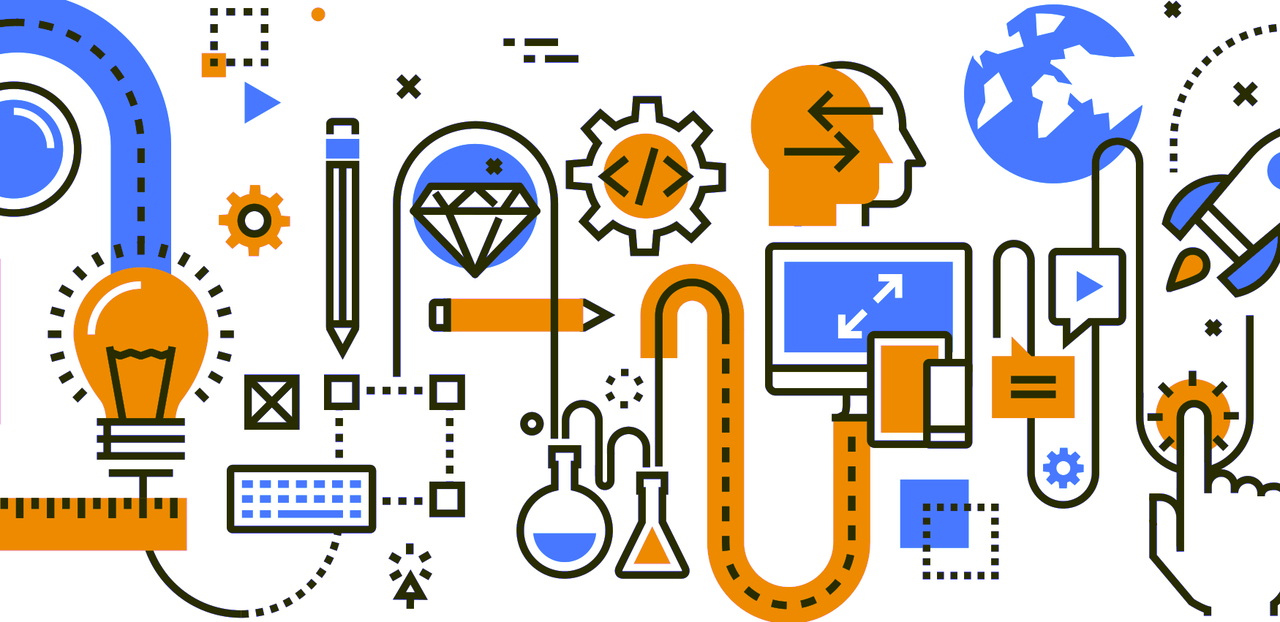 ] **Need to be "fluent in coding" so that the science part stays at the center** --- # Exponentially growing data + computing power <div class='left' style='float:left;width:43%'> 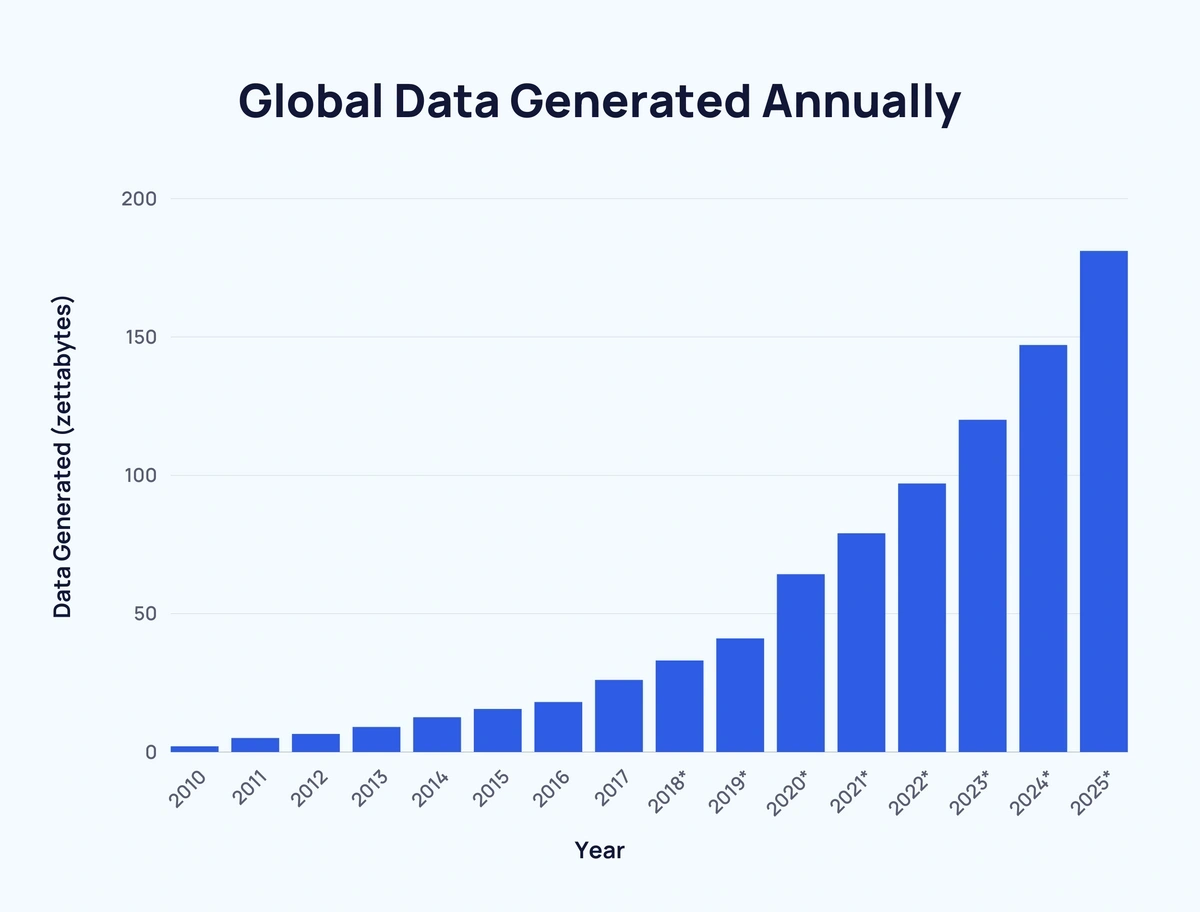 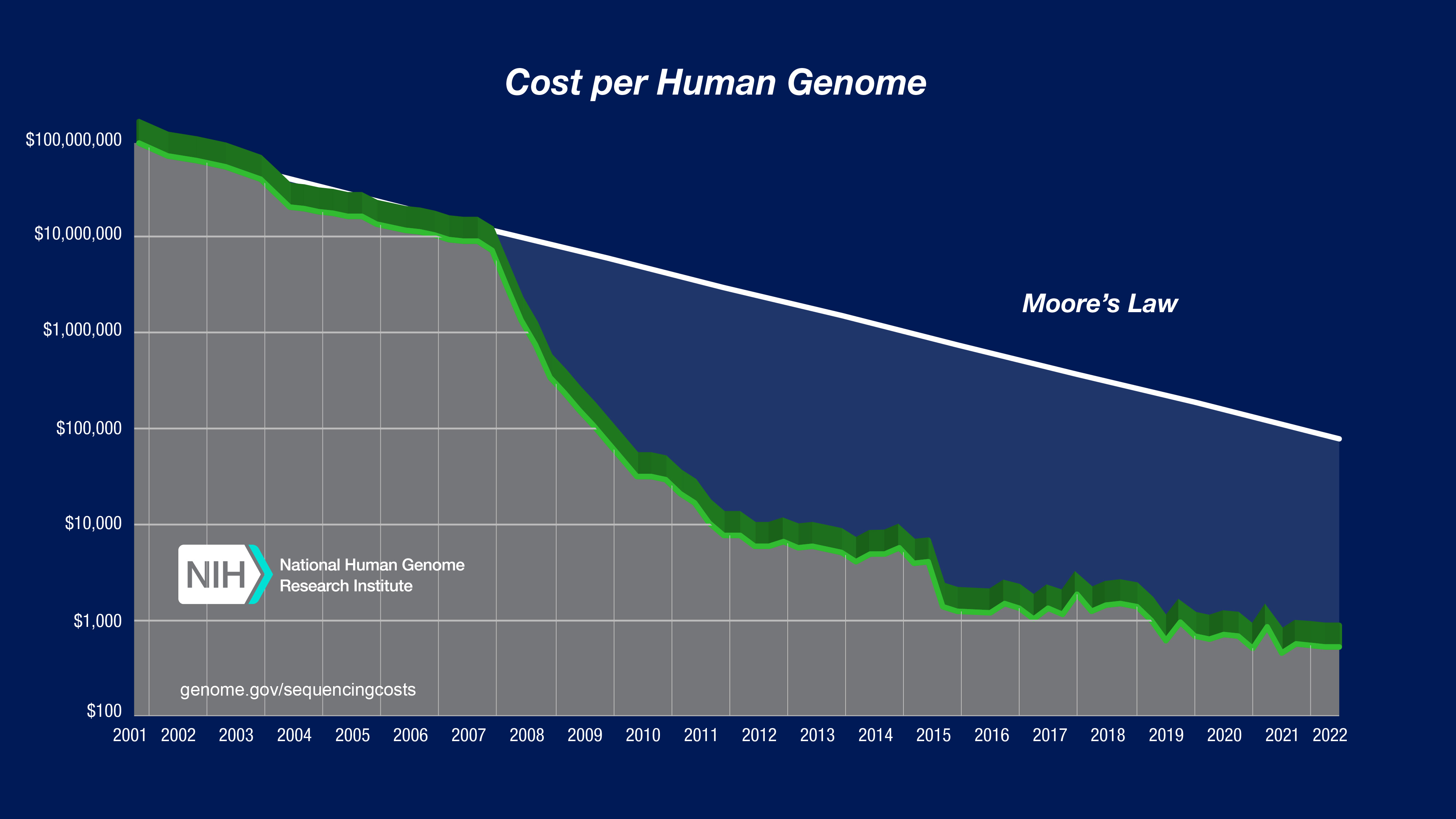 </div> <div class='right' style='float:right;width:57%'> .center[ 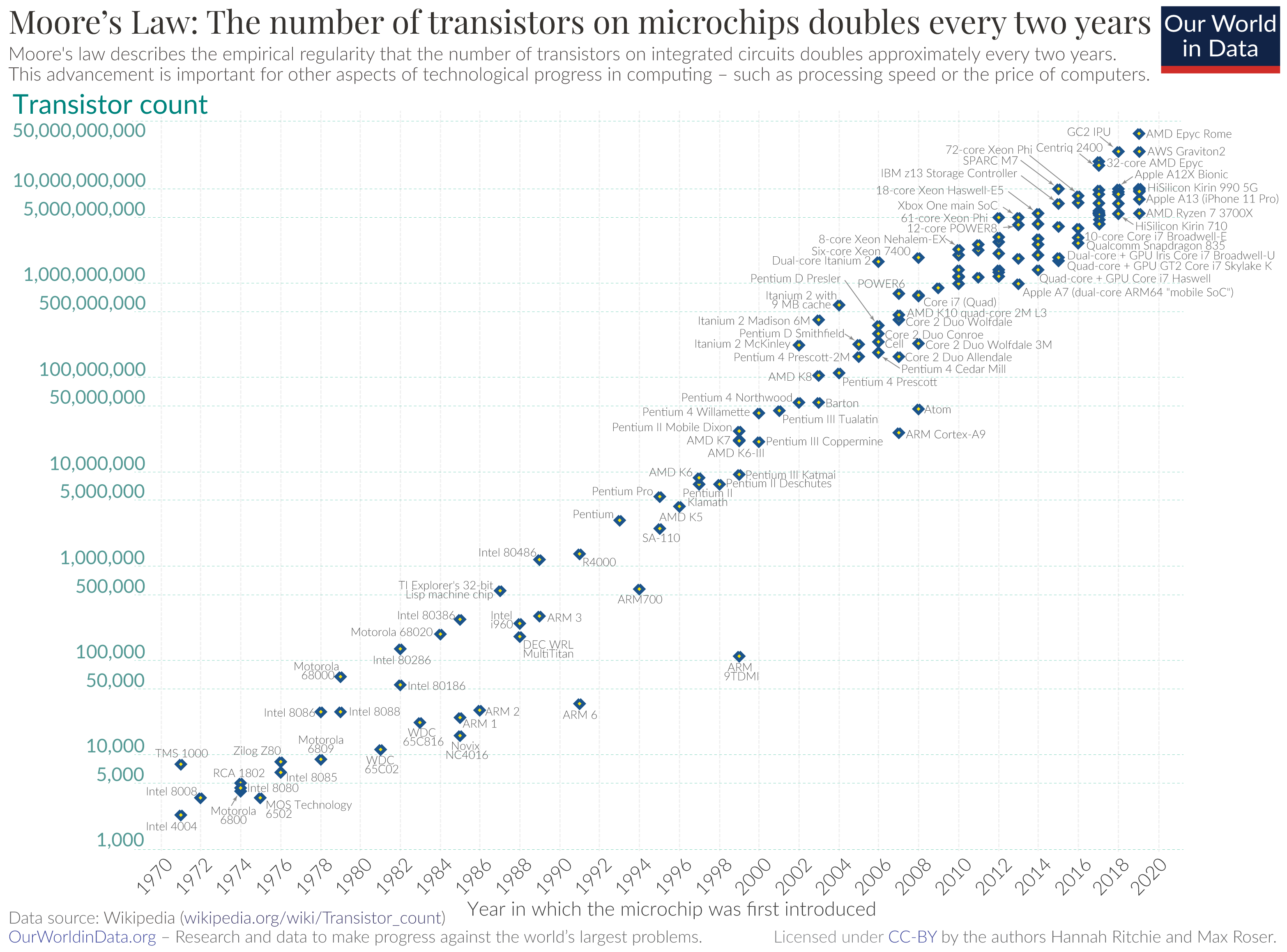 ] .left[ - Easy to loose track of research goal and hypotheses - Earlier (excellent) biologists were not trained to treat this big data... → lack of expertise in programming and statistics at this scale → window of opportunity for fresh mindsets ] </div> ??? Changed in last 10-20 years + researchers are constant learners --- # Replication crisis .pull-left[ Need clean code to share in papers, to ease: - reproducibility of results - "Most published findings are false" – also p-hacking - check of **correctness** (peer review) - post publication, community can: - **Reuse** the code (Open Science) - Modify and **extend** an analysis  ] .pull-right[ 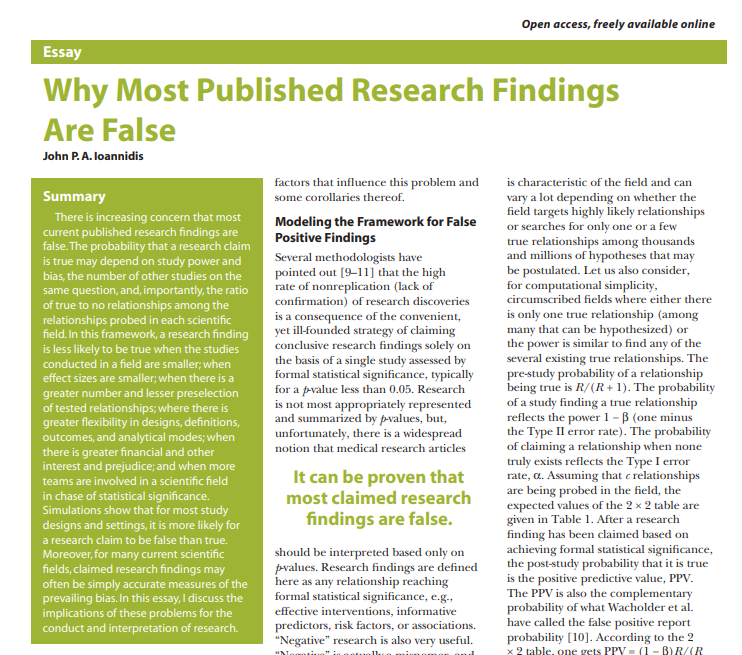 ] --- # Excel is very popular 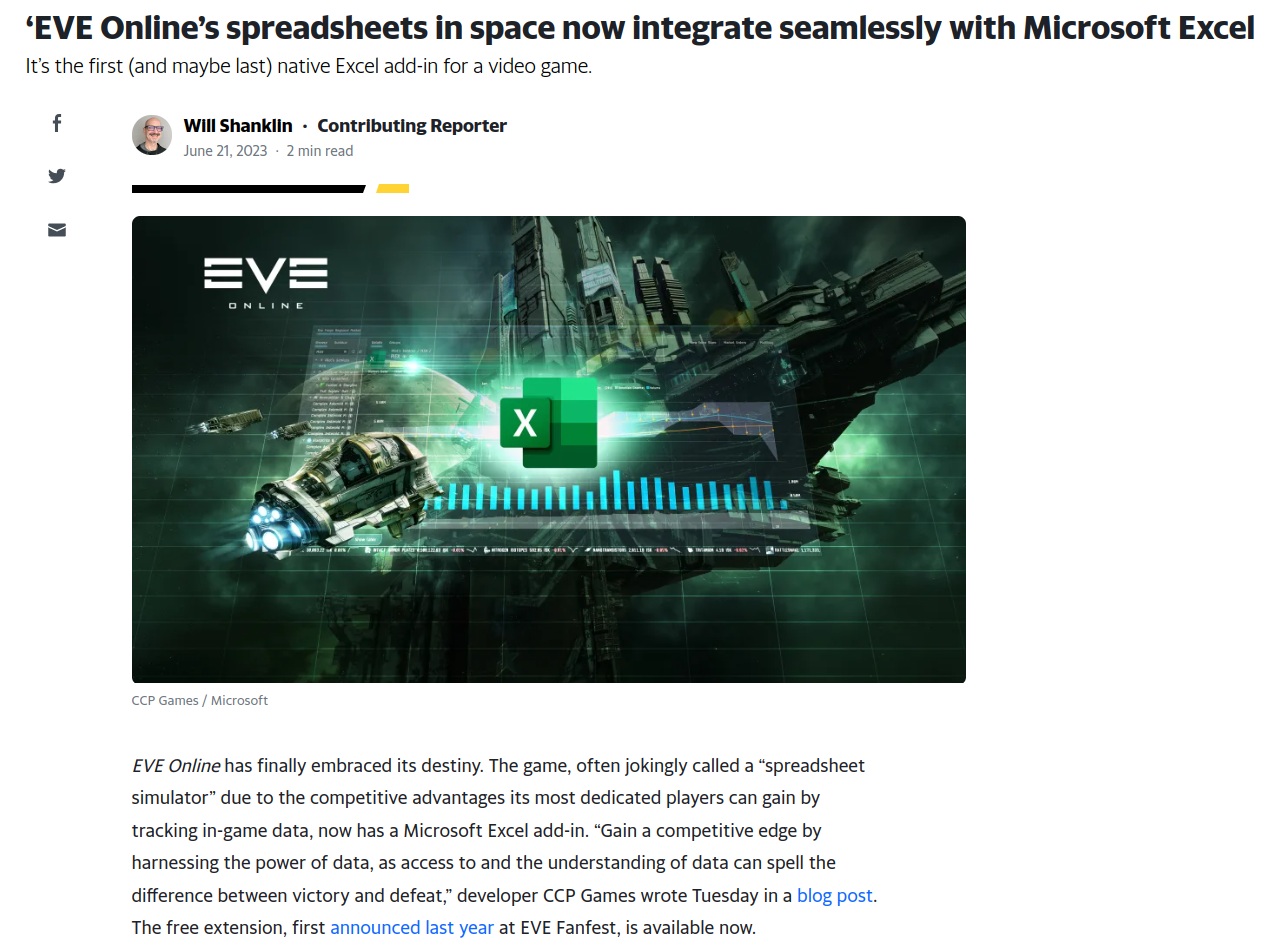 --- # Coding errors in spreadsheets reach far .pull-left[ *Growth in the time of Debt* Reinhart and Rogoff, 2010, American Economic Review - Super influential, around 5k citations - Used to justify economic policy  ] .pull-right[ *Does high public debt consistently stifle economic growth? A critique of Reinhart and Rogoff* Thomas Herndon et al., 2014, Cambridge Journal of Economics 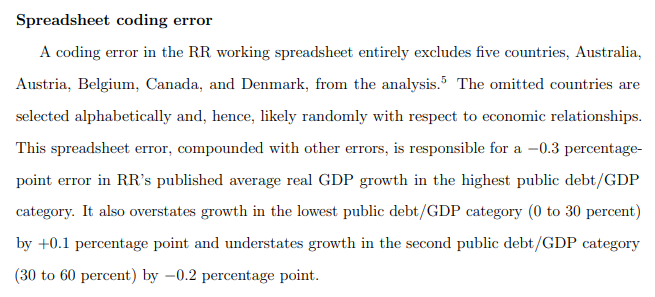 ] --- # Spreadsheet are not made for data science **Poor numerical accuracy** Almiron et al., 2010, Journal of Statistical Software 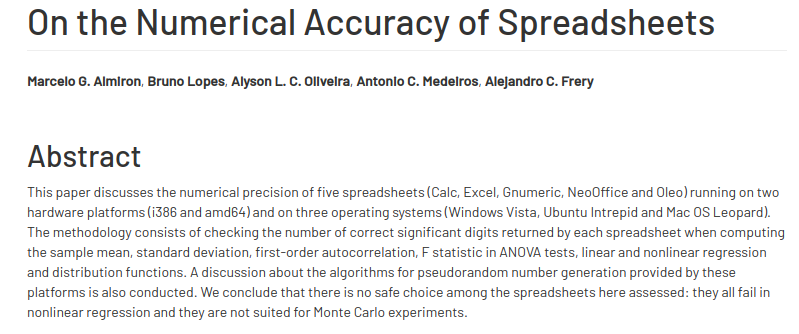 **Black box functions** Poor knowledge/readability of the content of functions used in spreadsheets leads to bad science! --- class: inverse, center, middle # What and how to learn programming? --- # Bespoke Custom Analysis .pull-left[ - Custom program for your custom analysis: - is more likely to solve *your* exact question - does what you designed it for - Canned solutions might solve some other problem only *related* to what you really care about. - Bespoke software solution can then be adapted to other situations via code sharing or generic packages: - For you - From you ] .pull-right[  ] --- # Why R and/or python? .pull-left[ - Great package ecosystem (CRAN, conda, bioconductor, ...) - Easy to learn - Good balance of easy-to-write (and to read) and fast-to-run code - Both can easily call code from faster languages (e.g. C++) if needed - Widely used ] .pull-right[ 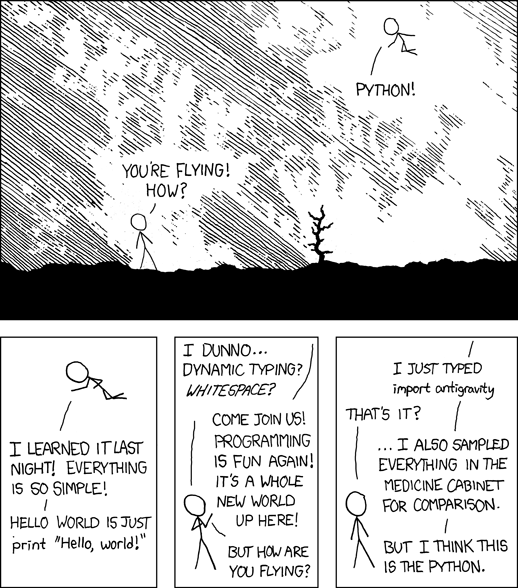 ] --- # Effective Visualization - Visualization is pivotal for understanding and communicating data and results. .pull-left[ - R offers great visualization libraries, such as ggplot2. ``` r library(ggplot2) library(cowplot) ggplot(iris, aes(Sepal.Width, Sepal.Length, color = Species)) + geom_point() + stat_ellipse() + theme_cowplot() ``` <img src="00_Why_Programming_files/figure-html/iris plot-1.png" height="300" /> ] .pull-right[ - In Python: matplotlib 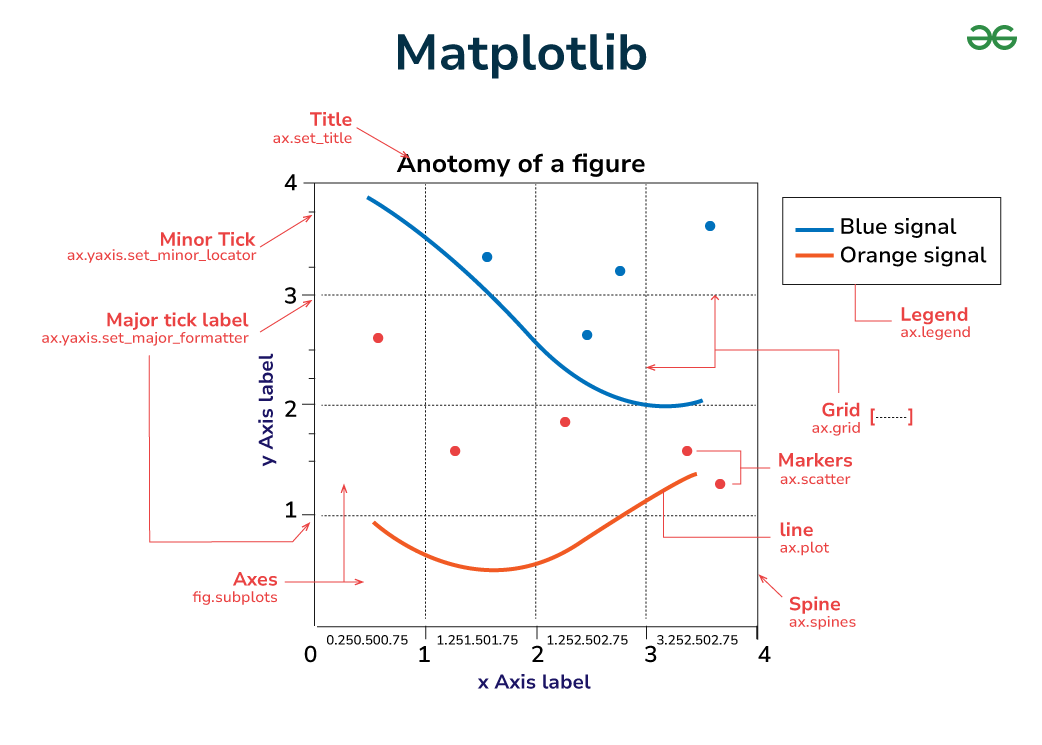 ] --- # Take home .pull-left[ - Reproducible research ensures **transparency and verifiability**. - Coding functions and your model yourself (in R, Python, ...) allows for **tailored analysis + independence and creativity** in methods. - Effective visualization enhances **data understanding and communication**. - Sharing analytical tools and leveraging package ecosystems promotes **collaboration (Open Science)**. ] .pull-right[ ### Suggested Readings - [**A (very) short introduction to R**](https://cran.r-project.org/doc/contrib/Torfs+Brauer-Short-R-Intro.pdf) - [**Python Introduction, W3schools**](https://www.w3schools.com/python/python_intro.asp) - [Python cheat sheet](https://perso.limsi.fr/pointal/_media/python:cours:mementopython3-english.pdf) - [British Ecological Society Guides](https://www.britishecologicalsociety.org/publications/guides-to/) - [Regular Expressions in R](https://r4ds.hadley.nz/regexps) - [Data Wrangling Cheat Sheet](https://www.rstudio.com/wp-content/uploads/2015/02/data-wrangling-cheatsheet.pdf) Longer texts - [R for Data Science](https://r4ds.hadley.nz/) - [Bioinformatics Data Skills](https://vincebuffalo.com/book/) - [Advanced R](https://adv-r.hadley.nz/) - [Mastering Regular Expressions](http://regex.info/book.html) - [ggplot2 book](https://ggplot2-book.org/) ] --- class: inverse, center, middle # What to expect in this course? --- # Content to expect .pull-left[ **What we are covering** - Basic interactions with a programming language - Version control - Some computer science concepts, like control flow and types - Data science skills, including basic statistics - Data visualization - Bioinformatics tools and genomic pipelines + sequence analysis - Using clusters ] -- .pull-right[ **What we are *not* covering** - Advanced statistics and data analysis - Logics and algorithms - CS theory ] --- # Objectives of the course: teach you to teach yourself .pull-left[ - Programming ***has to be*** learned by doing, googling, leaving the comfort zone 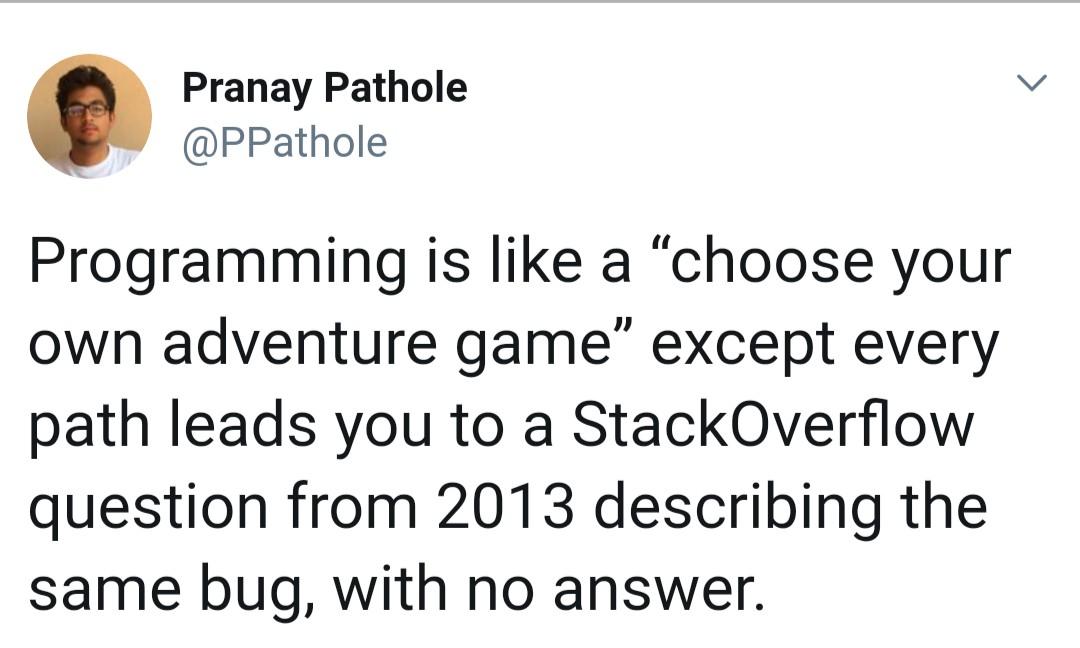 ] .pull-right[ - Goal of the course: **primer in multiple essential tools**, so that you: - can code simple programs independently - get the confidence and skills to **navigate the jungle of available resources** - can **learn yourself** the code to adress your specific questions in biological science - do this faster thanks to shared experience 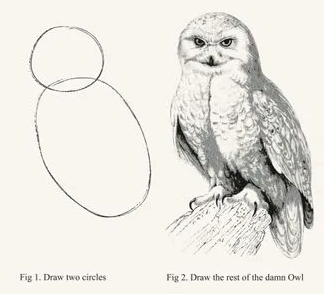 ] --- # Prerequisites: to be installed Check the website [eeb330.github.io](http://eeb330.github.io) for instructions to install: - R - Python - VsCode (preferred) *OR* Rstudio - Git and github account Help proposed Thursday 10am (Guyot 104a) if problems